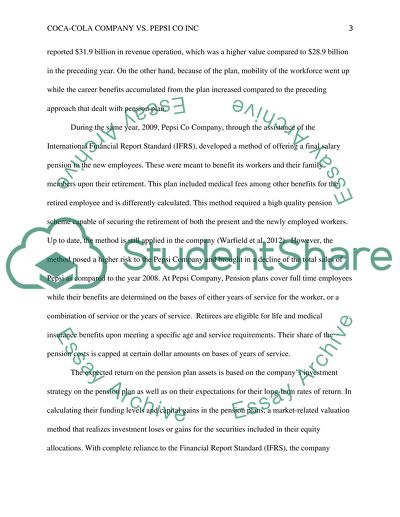Cite this document
(“Coca-Cola Company vs. PepsiCo, Inc Essay Example | Topics and Well Written Essays - 1500 words”, n.d.)
Coca-Cola Company vs. PepsiCo, Inc Essay Example | Topics and Well Written Essays - 1500 words. Retrieved from https://studentshare.org/finance-accounting/1493519-coca-cola-company-vs-pepsico-inc
Coca-Cola Company vs. PepsiCo, Inc Essay Example | Topics and Well Written Essays - 1500 words. Retrieved from https://studentshare.org/finance-accounting/1493519-coca-cola-company-vs-pepsico-inc
(Coca-Cola Company Vs. PepsiCo, Inc Essay Example | Topics and Well Written Essays - 1500 Words)
Coca-Cola Company Vs. PepsiCo, Inc Essay Example | Topics and Well Written Essays - 1500 Words. https://studentshare.org/finance-accounting/1493519-coca-cola-company-vs-pepsico-inc.
Coca-Cola Company Vs. PepsiCo, Inc Essay Example | Topics and Well Written Essays - 1500 Words. https://studentshare.org/finance-accounting/1493519-coca-cola-company-vs-pepsico-inc.
“Coca-Cola Company Vs. PepsiCo, Inc Essay Example | Topics and Well Written Essays - 1500 Words”, n.d. https://studentshare.org/finance-accounting/1493519-coca-cola-company-vs-pepsico-inc.


